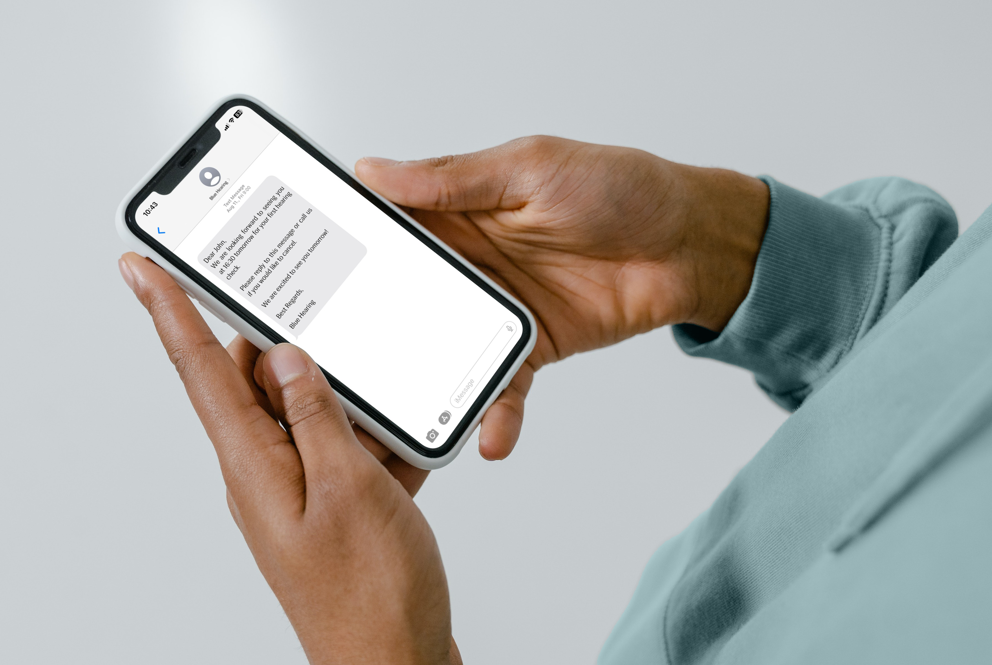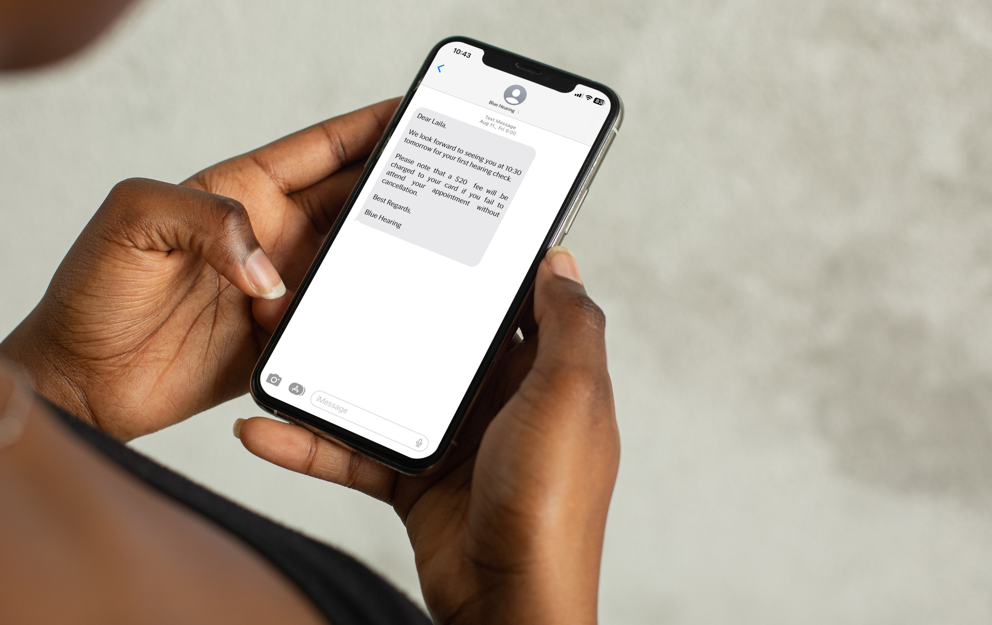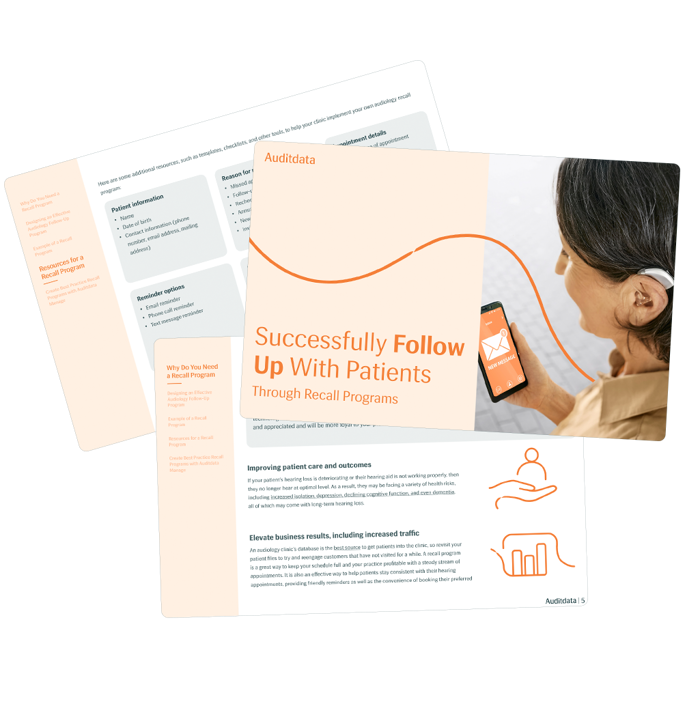9 Proven Tips To Reduce Patient No Shows And Last-Minute Cancellations:
Have you determined how much time and money your practice loses due to missed appointments? The results may surprise you.
To calculate your no-show rate, divide the number of no-shows by the total number of weekly appointments that you schedule.
So, if your clinic typically sees 100 patients each week, and you have 20 no-shows, your no-show rate is 20 divided by 100, or 20%. For comparison, the US national average no-show rate is approximately 18%.




















